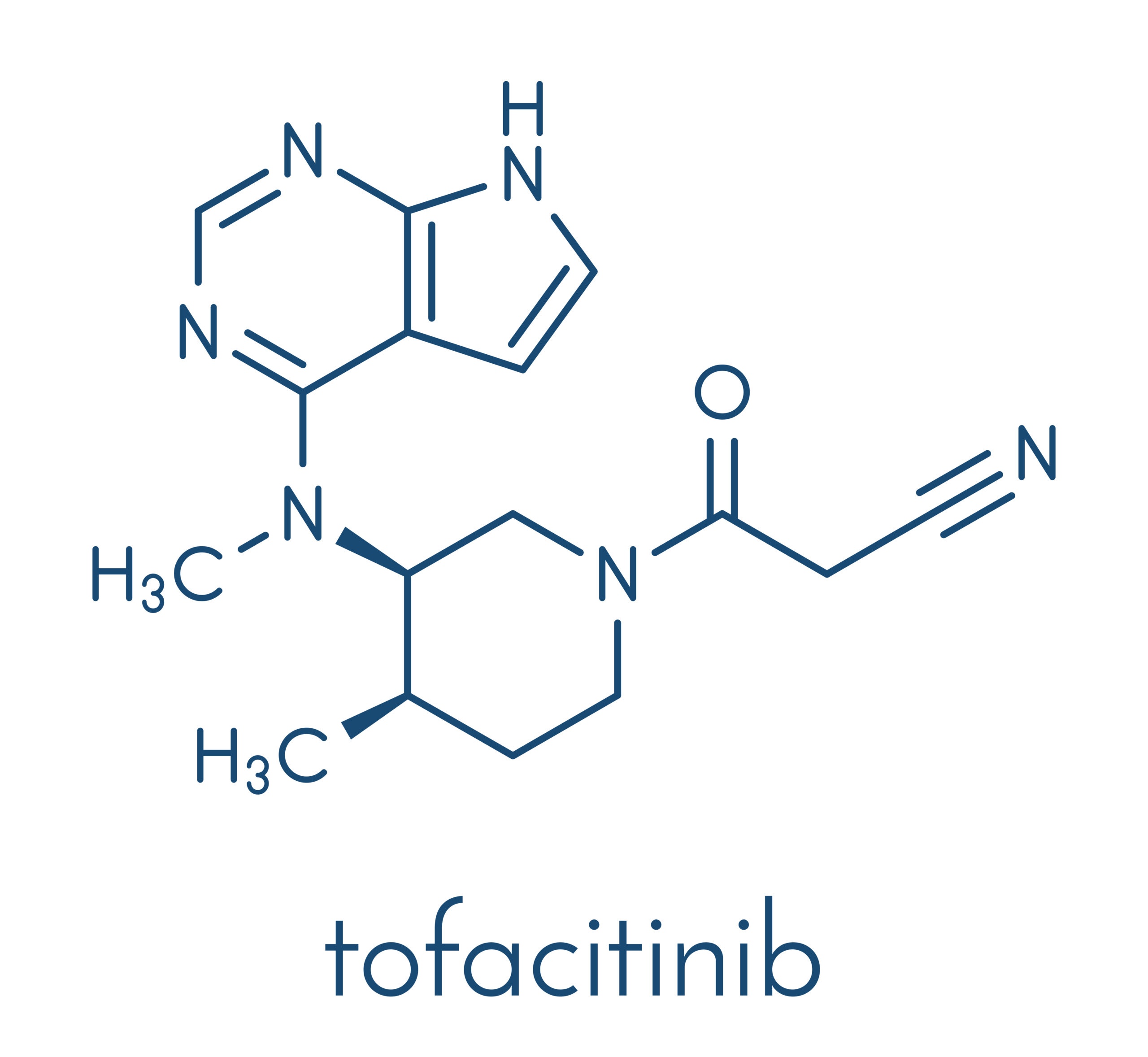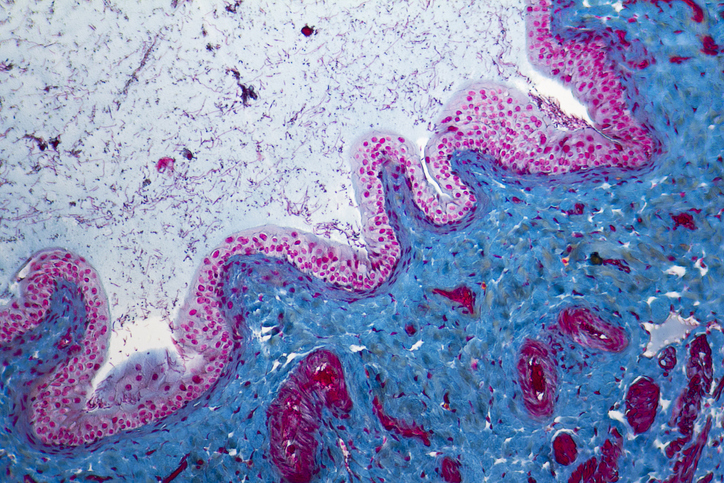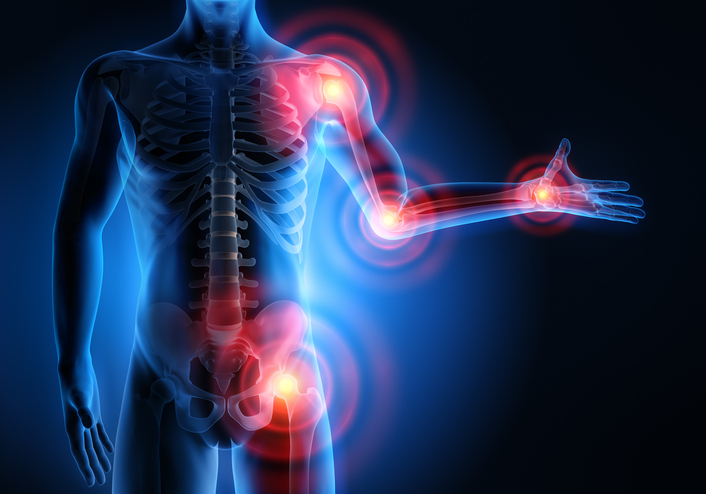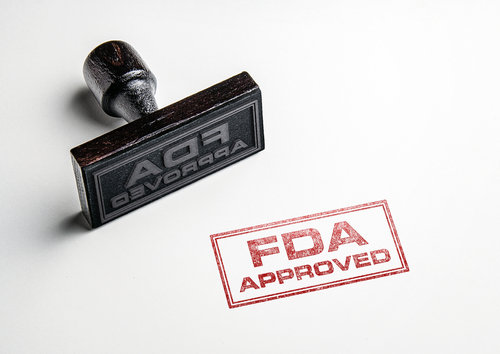
Researches, led by Giuseppe Germanò, proposed that ultrasound assessment may improve the evaluation of disease activity in patients with rheumatoid arthritis. They compared ultrasound, clinical, and laboratory assessments of treatment response and reported that ultrasonography showed early and durable reduction of tendon and joint inflammation with tofacitinib therapy. However, they did add that early improvements observed with ultrasound were not a predictive factor for a good clinical outcome. The findings were published in Frontiers in Medicine.
The study enrolled 52 patients with rheumatoid arthritis who were administered tofacitinib 5 mg twice daily with or without methotrexate or other conventional disease-modifying antirheumatic drugs over 24 weeks. Clinical, laboratory, and ultrasonography assessments of 40 tendons and joints were performed in all patients at baseline and week 2, 4, 8, 12, and 24.
Ultrasonography Shows Early Tofacitinib Response but Not Clinical Outcome
Researchers used Gray Scale (GS) and power Doppler (PD) scores, a semi-quantitative scale (0-3), and the EULAR-OMERACT ultrasonography scoring system—a combination of GS and PD—to assess disease activity and tofacitinib response.
At baseline, patients had a mean disease duration of 9.97 ± 8.75 years, Disease Activity Score-28 with C-reactive protein (DAS28-CRP) of 4.9 ± 1.2, Health Assessment Questionnaire score of 1.4 ± 0.7, and CRP level of 2.25 ± 3.11 mg/dl.
Mean baseline ultrasonography scores were:
- Joint GS: 23.5 ± 18.4
- Joint PD: 22.7 ± 19.3
- Joint EULAR-OMERACT: 25.7 ± 20.6
- Tendon GS: 10.5 ± 11.4
- Tendon PD: 11.0 ± 12.0
The researchers reported that ultrasonography joint and tendon scores significantly reduced as early as week two, and at weeks 4, 12, and 24, when compared to baseline scores (P<.001). Additionally, GS, PD, and EULAR-OMERACT ultrasonography joint score improvements correlated with reduced serum CRP at the week 24 evaluation; however, the authors did not witness any correlations between DAS28-CRP variations and ultrasonography scores.
Ultimately, the authors suggested that ultrasonography showed rapid improvements in signs of joint and tendon inflammation comparable to clinical improvement criteria. In closing, the authors highlighted the lack of correlation between early improvements on ultrasonography and favorable clinical outcomes as a focus for future investigations.
View More Rheumatology Research on the DocWire News Resource Center







 © 2025 Mashup Media, LLC, a Formedics Property. All Rights Reserved.
© 2025 Mashup Media, LLC, a Formedics Property. All Rights Reserved.